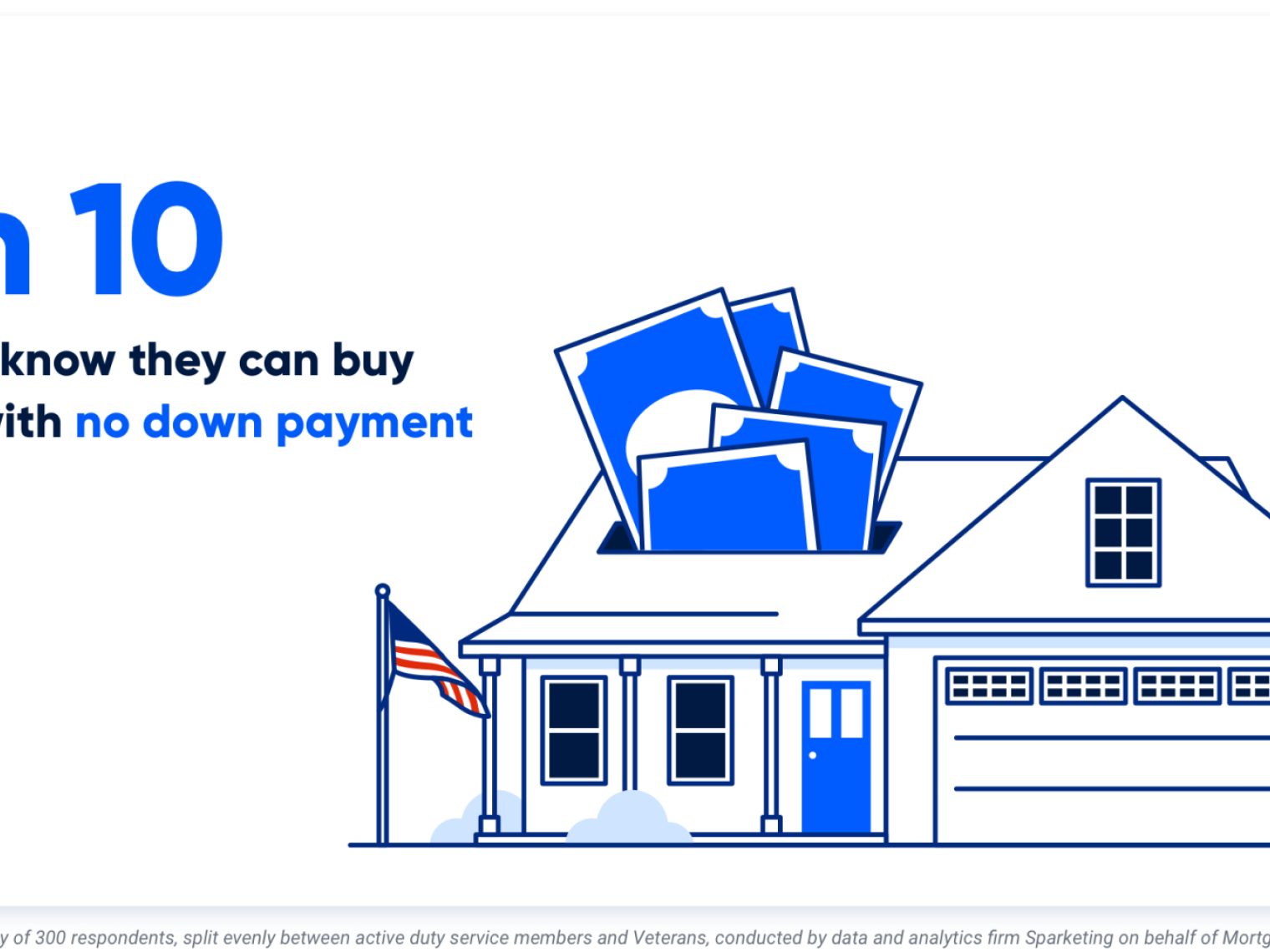Lead-based paint can raise concerns for any buyer. The ingestion of lead-based paint chips or dust is linked to nervous system damage, kidney damage and reproductive problems.
The United States celebrated a major public health victory in the 1970s after legislation that reduced lead pollution led to a significant drop in blood lead levels. With millions of American homes still containing lead paint, the VA has strict rules to protect potential Veteran homebuyers from lead poisoning.
VA Requirements for Lead Paint
Lead-based paint can also pose financing hazards to a potential VA loan borrower. The VA requires that loose lead-based paint be treated and removed before a VA loan can move toward approval.
While vague on some property guidelines, the VA offers clear-cut rules regarding lead-based paint: “Lead-based paint constitutes an immediate hazard that must be corrected unless testing shows that lead is not present in the paint at a level above that permitted by law.”
Does the VA Allow for Peeling Paint?
The VA appraiser must look for “defective paint conditions” (cracking, scaling, chipping, peeling or loose paint) that suggest the presence of lead-based paint. Any such problems are photographed and documented on the appraiser’s report for potential repair.
But note that even if the home was built after 1978, the appraiser may still require that defective paint conditions be corrected to meet the VA’s Minimum Property Requirements. Ultimately, it’s up to the appraiser and the home’s paint condition.
Process for Addressing Lead-Based Paint
- The VA appraiser checks for "defective paint conditions"
- The VA appraiser makes recommendations
- Corrective action is required
- The compliance inspection
It’s important to note that the appraiser is not responsible for testing or confirming the presence of lead-based paint. The appraiser’s duty is simply to report a defective paint condition. The testing is a separate process and is usually done by a certified lead-based paint professional.
How to Properly Remove Lead Paint
If lead paint is found on the property, the VA has specific instructions on how to proceed.
The area containing lead paint must be:
- Thoroughly washed and cleaned to ensure the removal of all paint
- Removed or covered with a material like plywood or plaster before new painting can occur if the original surface cannot be maintained
- Repainted with two coats of non-leaded paint
Once repairs are completed, the VA will send an appraiser to do a “compliance inspection.” The VA appraiser will ensure that the defective paint has been properly treated and that the property now meets the VA’s Minimum Property Requirements.
Should You Avoid Pre-1978 Homes?
Lead-based paint can be effectively treated and/or removed. But since homes before 1978 have a higher tendency to contain lead paint, some homeowners may benefit from looking at newer homes. Older homes could pose severe threats, mainly if young children or pets are in the house. At the end of the day, every buyer needs to make their own decision regarding homes with lead-based paint.
Related Posts
-
 5 Most Common VA Loan Myths BustedVA loan myths confuse and deter many VA loan borrowers. Here we debunk 5 of the most common VA loan myths so that you can borrow with confidence.
5 Most Common VA Loan Myths BustedVA loan myths confuse and deter many VA loan borrowers. Here we debunk 5 of the most common VA loan myths so that you can borrow with confidence. -
 VA Loan Down Payment RequirementsVA loans have no down payment requirements as long as the Veteran has full entitlement, but only 3-in-10 Veterans know they can buy a home loan with zero down payment. Here’s what Veterans need to know about VA loan down payment requirements.
VA Loan Down Payment RequirementsVA loans have no down payment requirements as long as the Veteran has full entitlement, but only 3-in-10 Veterans know they can buy a home loan with zero down payment. Here’s what Veterans need to know about VA loan down payment requirements.
